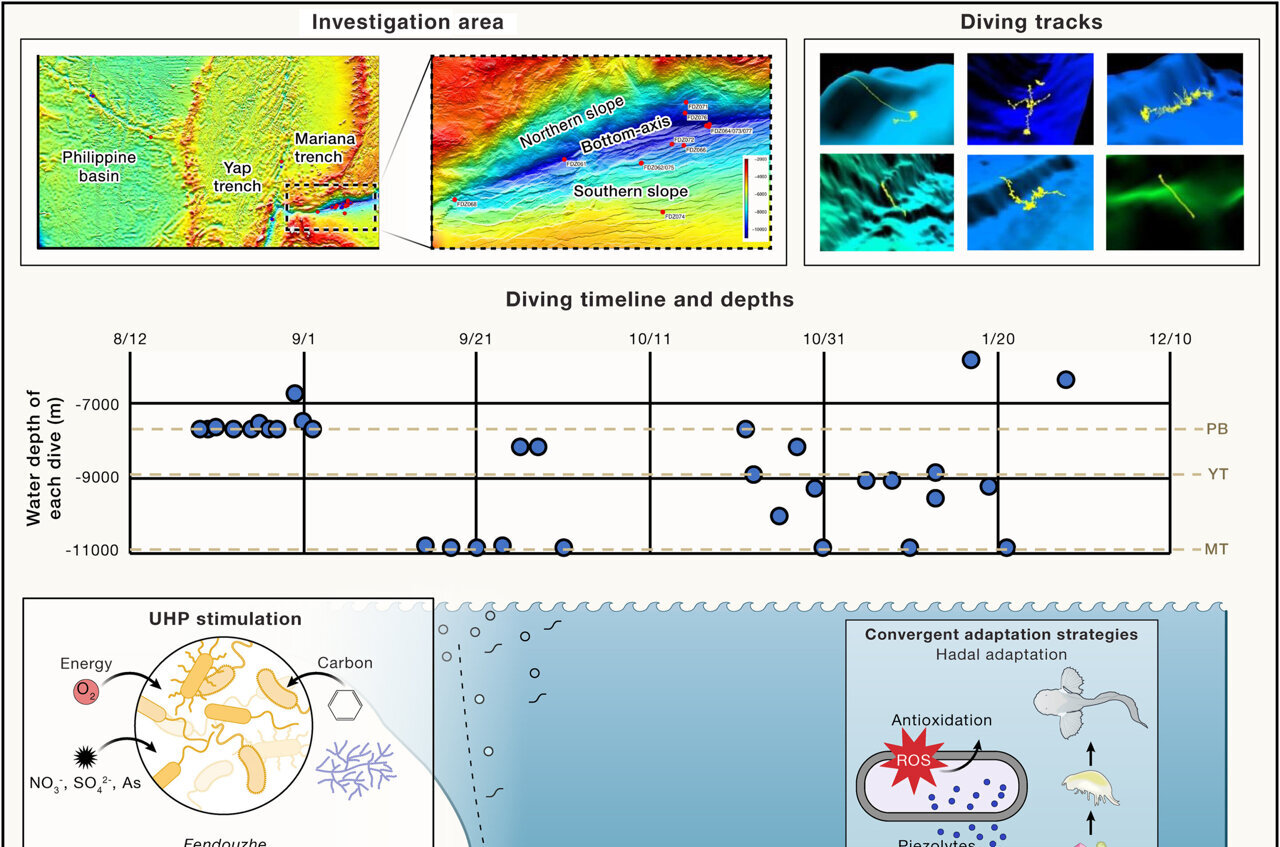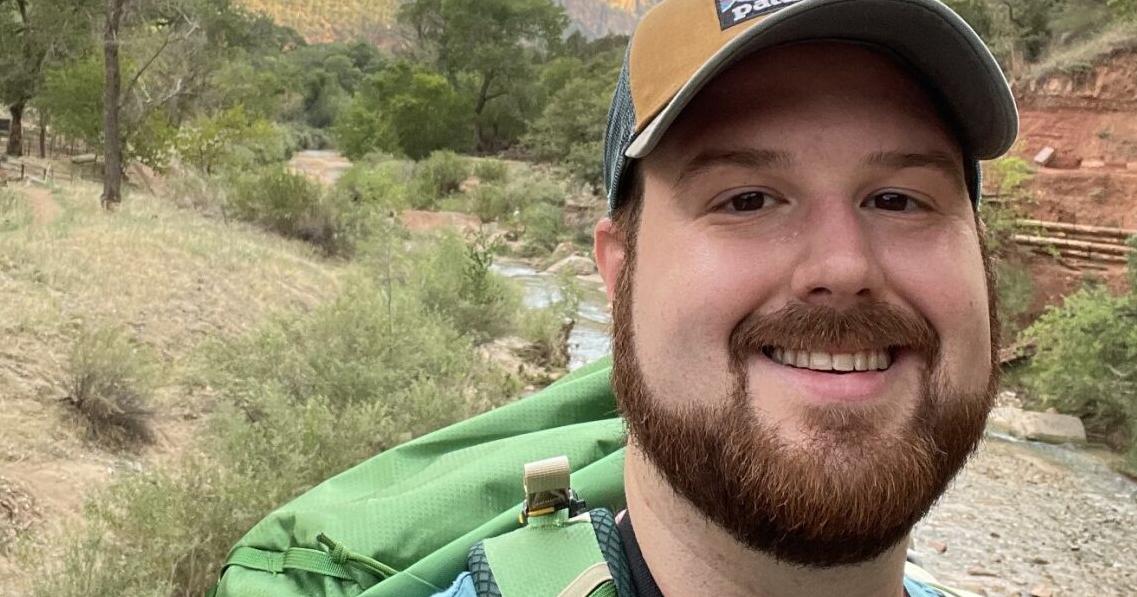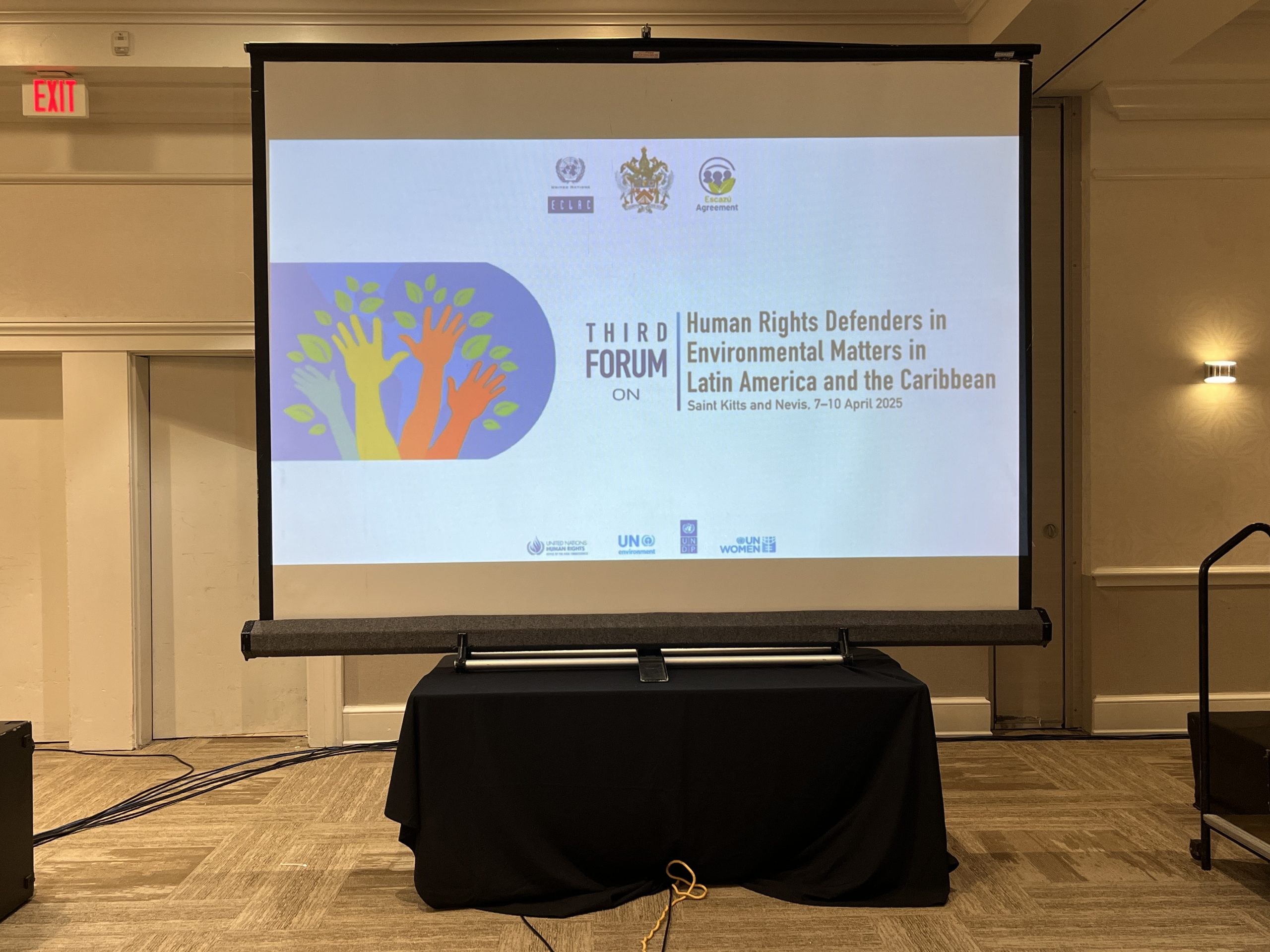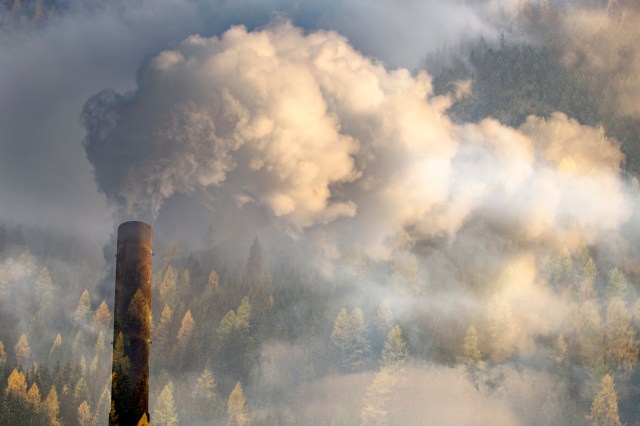Danger Ahead: The Toxic Spiral Trapping Unsuspecting Americans

Environmental justice emerged as a powerful response to systemic inequalities that left marginalized communities bearing the brunt of environmental hazards. For decades, federal regulations created loopholes that allowed industrial polluters to concentrate harmful environmental impacts in low-income and minority neighborhoods.
These communities, often overlooked and underrepresented, found themselves trapped in zones of concentrated environmental risks. Toxic waste sites, polluting factories, and hazardous infrastructure were disproportionately located in areas where residents had the least political power to resist.
The environmental justice movement challenged this deeply entrenched pattern of environmental discrimination. Grassroots activists, community leaders, and environmental advocates began demanding accountability, pushing for comprehensive policies that would protect vulnerable populations from disproportionate environmental harm.
By highlighting the stark disparities in environmental protection, these advocates exposed critical gaps in federal law. They argued that environmental regulations should not just protect the environment, but also ensure equitable protection for all communities, regardless of race, income, or social status.
Their persistent efforts have gradually transformed environmental policy, creating new frameworks that recognize the fundamental right of every community to clean air, safe water, and a healthy living environment. Environmental justice is no longer just a movement—it's becoming a fundamental principle of fair and inclusive environmental protection.








